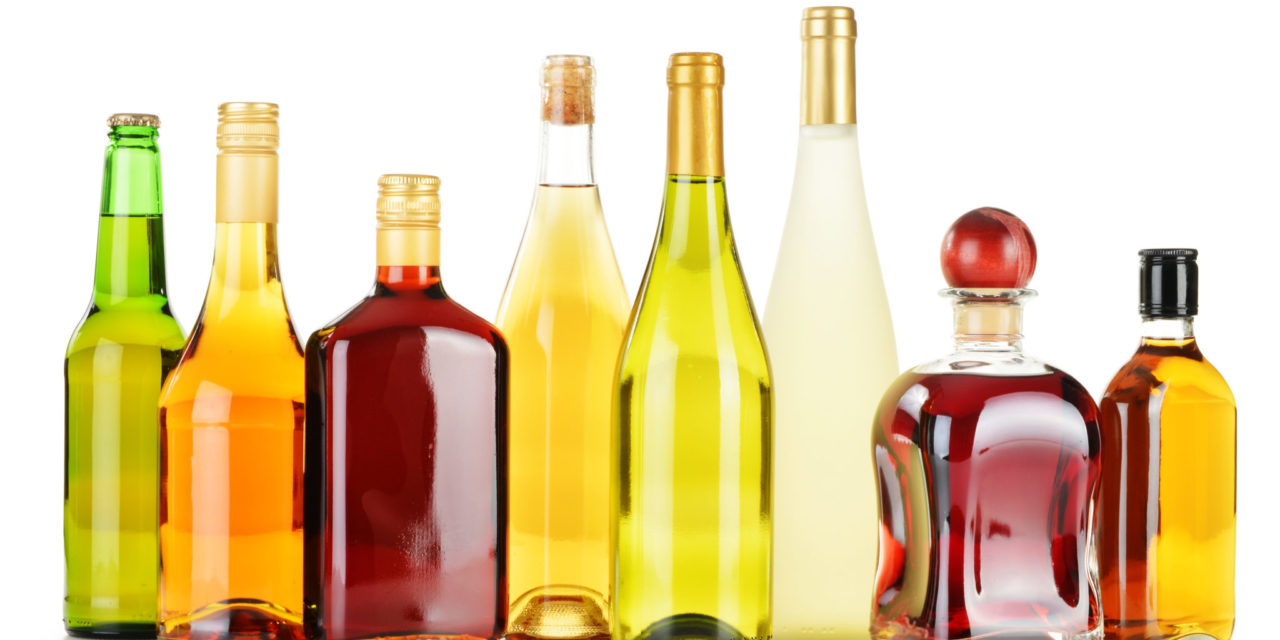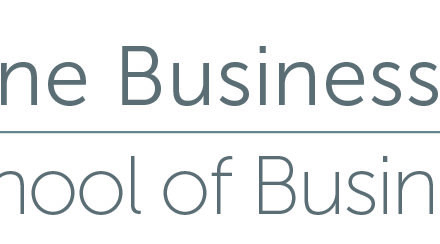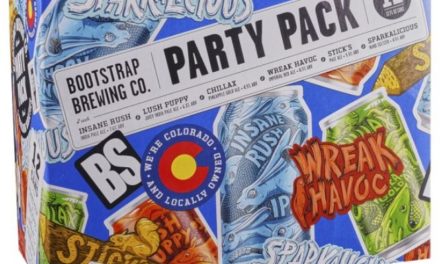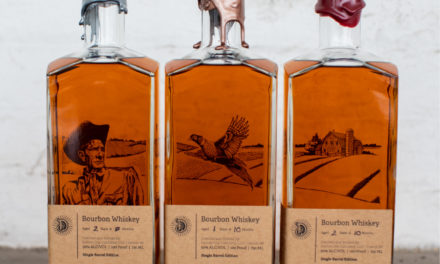If author Franz Kafka had set out to create a set of rules governing the manufacture and sale of alcoholic beverages, he could not, in his wildest dreams, have come up with anything more byzantine than the existing regulations created by the Federal Alcohol and Tobacco Tax and Trade Bureau (the TTB).
To be fair, the agency has a vast and complex mandate. It’s equally true that the TTB’s rules, conceived in large part at a time in America’s history when the public’s interests were different than they are today, may not always well serve modern consumers. Case in point: the rules for beverage labels, specifically as they relate to the presence of alcohol.
Repeal and the ABV debate
One of the great national movements of 19th and early 20th century America was the crusade for the elimination of alcoholic beverages. It wasn’t really alcohol per se that proponents disapproved of but intoxication and the evils it engendered—crime, domestic violence, poverty, and other social ills. It took some 100 years of agitating, but by the end of World War I, a significant portion of the American population was ready for drastic action, resulting in the passage of the 18th Amendment to the Constitution prohibiting the manufacture and sale of “intoxicating liquor.” The Amendment’s implementing legislation, the National Prohibition Act (aka the Volstead Act) defined “intoxicating liquor” as basically anything possessing more than one-half of 1 percent of alcohol by volume (ABV).
Curiously, Congress included a section in the Volstead Act that seemed to provide a bit of a legal loophole for the thirsty person with a little space in his or her cellar for a barrel. Reading, in part,”The penalties provided in this act…shall not apply to a person for manufacturing nonintoxicating cider and fruit juices exclusively for use in his home….” Nowhere did Congress define just what “nonintoxicating” actually meant. The inevitable court cases testing the limits of Section 29 followed, and juries always found that whatever homemade wine or cider was involved was “nonintoxicating in fact,” although undoubtedly the drinks contained some amount of alcohol. Beer drinkers didn’t get a break, but at least the grape industry could still sell enough produce to amateur winemakers to keep the wolf from the door. Efforts to modify the Volstead Act’s definition of “intoxicating liquor” to conform with the “nonintoxicating in fact” standard went nowhere, however.
The debates as to what amount of alcohol was or wasn’t intoxicating continued well into the 1930s, past the repeal of the 18th Amendment and nullification of the Volstead Act. While the social goods that had been promised by the temperance movement had not emerged, drunkenness was still considered a great moral evil throughout the country, so most winemakers and brewers were anxious to distance themselves from anything that might tend to associate their products with intemperance. Beer and wine industry representatives found their way to Washington, D.C., to testify before the various Congressional committees tasked with drafting the laws that would govern alcohol businesses going forward. Each inevitably pointed out that whatever drinks their constituents were making were really a food (unlike distilled spirits), were mostly consumed with a meal, and that everyone knew that drinking wine or beer with a meal would not result in intoxication. The transcripts of the committee meetings make for fascinating reading. Excerpts include:
- “There is a great difference between whether or not a drink is intoxicating or nonintoxicating, according to the way it is used…you do not have intoxication if you drink with your meals…”
- “As regards a 10 percent wine, the amount taken with food certainly falls far below any effect that can be defined as intoxicating.”
- “All legislative treatment should bear in mind that wine is a food product, not to be classed or legislatively treated as intoxicating liquors.”
Everyone involved seemed to have wanted whatever was to appear on a beer or wine label to reflect this point of view.
Consumer clarity or confusion
The regulations regarding beverage labels were, in theory, driven by providing essential information to the consumer. Joseph H. Choate, Jr., director of the Federal Alcohol Control Administration, in testimony before the House Ways and Means Committee in 1935, put it this way: “They should not be confined, as the pure-food regulations have been confined, to prohibitions of falsity, but they should also provide for the information [sic] of the consumer, that he should be told what was in the bottle, and all the important factors which were of interest to him about what was in the bottle.”
One can argue, though, that the emphasis on distancing certain alcohol-containing beverages from those that are, or might be, intoxicating most certainly had an impact on the regulations as finally drafted, some of which have proved to be problematic today as the nation’s concern with intemperance has softened, at least in the sense that ordinary moderate drinking is not immediately seen as a moral failure.
Labeling rules, then and now, treat malt beverages and wines quite differently. In the case of malt beverages the overriding concern was that consumers not be confronted with statements relating to alcohol content on the theory that if they knew that one beer had more alcohol than another, they would inevitably choose the more boozy one. “Malt beverages should not be sold on the basis of alcoholic content,” says the section on labeling from a report published by the House Ways and Means Committee regarding the legislation that eventually became the Federal Alcohol Administration (FAA) Act. Thus, all indication of alcohol content on beer labels was strictly forbidden, as were words like “strong,” “high strength,” and “high test.”
This prohibition remained intact until, in 1987, the Coors Brewing Company filed a lawsuit against the federal government claiming that forbidding them to put ABVs on their labels was a violation of their rights under the First Amendment. Coors won, and the Justice Department appealed the case all the way to the U.S. Supreme Court (using virtually the same arguments made in the 1930s). The government lost, and the regulations were amended to let breweries add ABV information to their labels if they wanted to.
Wine label regulations took a different approach. Wines are defined in the FAA Act as fermented beverages made from agricultural products (essentially fruits) between 7 percent and 24 percent ABV. The labeling regulations break down wines into two subcategories—wines over 14 percent, which must state their ABV, and wines under, which are allowed (but not required) to include alcohol content. This distinction comes directly out of the 1930s testimony that under 7 percent a wine was unstable and that one could only reach an ABV above 14 percent if it was fortified with spirits.
The first group, touted as being “nonintoxicating” table wine, was particularly interested in distancing their products from “intoxicating liquors.” They lobbied, successfully, to prohibit putting anything on a label “which tends to create the impression that a wine: (i) Contains distilled spirits;…or (iii) has intoxicating qualities” (27 CFR 4.39 (a)(7)), regardless of what’s actually in the bottle. As desirable as it seemed at the time, this broad restriction has come to haunt modern companies and deprive consumers of information that may, in fact, be important to them.
Fortified facts
One example is wines and ciders aged in spirits barrels. It’s an old practice, and as modern consumers’ interest in spirits has grown, more cidermakers (and a few winemakers), have wanted to highlight their use, particularly as the flavor of the spirit often adds an extra dimension to the beverage’s flavor profile—although rarely much, if any, additional alcohol. A number of wine companies have somehow convinced the TTB to issue them labels stating that the contents are, for instance, bourbon-barrel aged, such as Fetzer Vineyards’ 1000 Stories brand, but cider companies are routinely given label rejections by TTB agents citing the prohibitions of 27 CFR 4.39 (a)(7).
This result is made slightly more absurd by the fact that ciders under 7 percent ABV, and therefore outside the TTB’s purview, fall under the regulations written and enforced by the Food and Drug Administration, which takes no issue with the mention of intoxicating spirits and is quite content to have statements about spirits barrels on labels. Furthermore, beer labels may create the impression that the beer contains distilled spirits as long as they don’t do so falsely and the alcohol added doesn’t exceed a certain percent of the total, so brewers have been including spirits-barrel aging on labels for many years.
Fortified wines have also been significantly impacted by the rules limiting any mention of spirits. This class of wine commanded a higher percentage of the market in the 1930s and was often associated, rightly or wrongly, with bums on skid row. While the wine lobby couldn’t make quite the same arguments about fortified wines being food and their alcohol of no consequence, it still wanted to distance them from any stain of association with “intoxicating liquors.” Thus they successfully sought to eliminate the use of the word “fortified” on labels as that word was too closely associated with the reality that the alcohol content in these wines was boosted by the addition of distilled spirits. Instead, they would be “dessert” or “sweet” wines, and producers could label them with the well-known names of port, sherry, madeira, etc. This was all well and good for a while.
In 2006, the United States entered into a treaty with the European Commission (an arm of the European Union responsible for proposing legislation, implementing decisions, upholding EU treaties, and managing the day-to-day business of the EU) where it was agreed that U.S. producers would no longer be granted labels bearing the names of what were now considered semi-geographic designations. where it was agreed that U.S. producers would no longer be granted labels bearing the names of what were now considered semi-geographic designations. This dramatic change left the fortified wine industry in a quandry. While labels approved prior to 2006 would be grandfathered in, how could producers now find language to adequately describe what they were selling and distinguish their wines from other dessert wines, such as ice wine, that aren’t fortified? In January 2012, the Sweet and Fortified Wine Association, a California-based trade group, filed a formal petition with the TTB that would amend 27 CFR 4.39 (a)(7) and let labels for these types of wines include the word “fortified” and/or the phrase “grape (or wine) spirits added.”
It’s been a long six years, but the trade group’s Executive Director Kenneth Young was recently told that draft regulations had been completed and were ready for publication in the Federal Register, although when that might happen is unclear, as is whether or not the TTB has accepted the language the association proposed. “We know there’s going to be some kind of change,” says Young. “We just don’t know what it’s going to be.”
What’s in the bottle
Lost in the middle of all this is the consumer, the person deserving Mr. Choate’s “…all the important factors, which were of interest to him about what was in the bottle.”
It’s time, perhaps, for a thorough reconsideration of these limiting regulations. Best said by now-retired Justice Paul Stevens in his concurring opinion in the Coors Supreme Court case, “Any ‘interest’ in restricting the flow of accurate information because of the perceived danger of that knowledge is anathema to the First Amendment; more speech and a better informed citizenry are among the central goals of the Free Speech Clause. Accordingly, the Constitution is most skeptical of supposed state interests that seek to keep people in the dark for what the government believes to be their own good.”
For more about what’s currently required for TTB label approval, read “Get It Right the First Time” by Julie Fadda.











